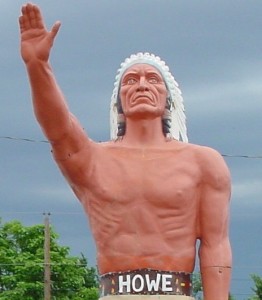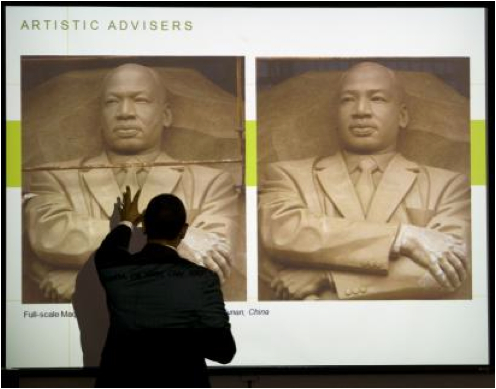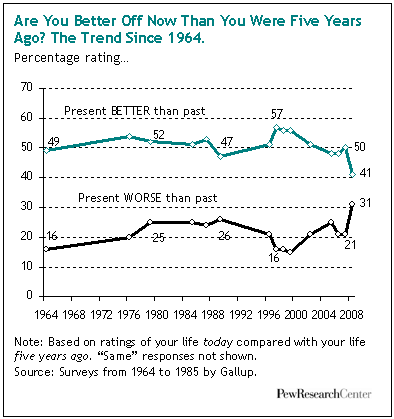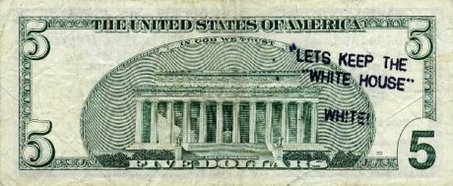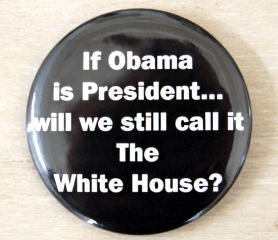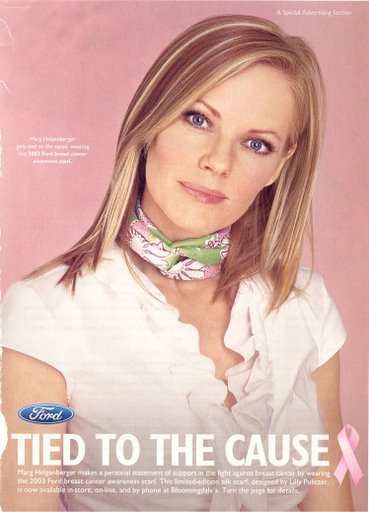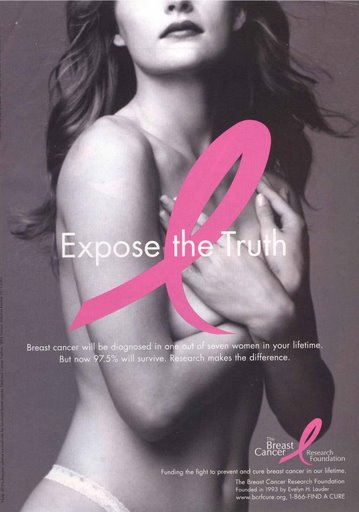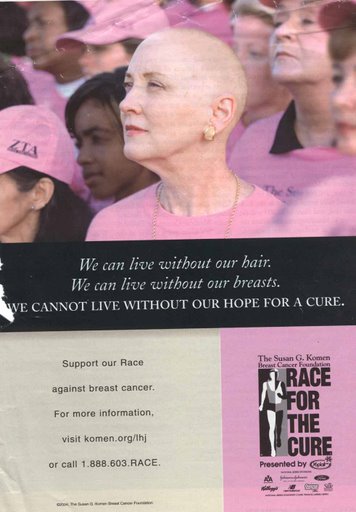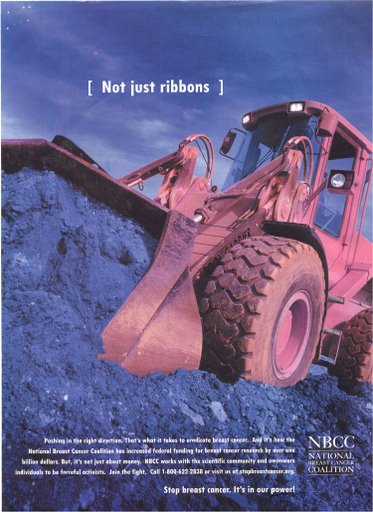In Elk City, Oklahoma, I saw this billboard for Howe Nissan car dealership:
In case it doesn’t make sense to you, it’s based on that stereotypical image you always see of Indians in buckskin posed like this saying “How” in greeting in movies and stuff. You know, “Howe” and “How.” If you didn’t know, whenever you meet an Indian, they raise their palm to you and say “How.” My mom does it all the time. It’s totally the Indian version of “talk to the hand.”
Anyway, I thought it was an interesting use of a stereotypical Indian image to sell stuff. You’ve got all the goodies–the universalized “plains Indian” outfit, the portrayal of Native Americans as though they all still run around in buckskins, the play on a made-up version of “Indian” language, and the stoic face.

